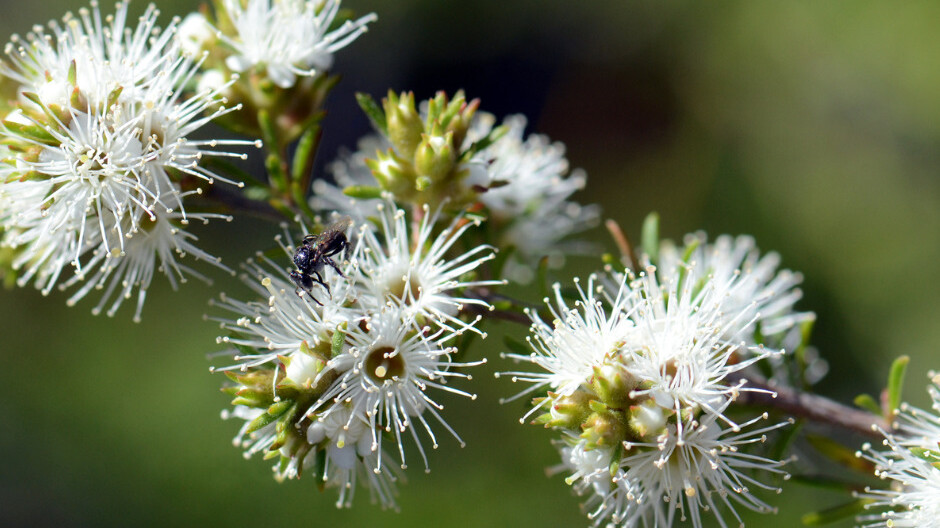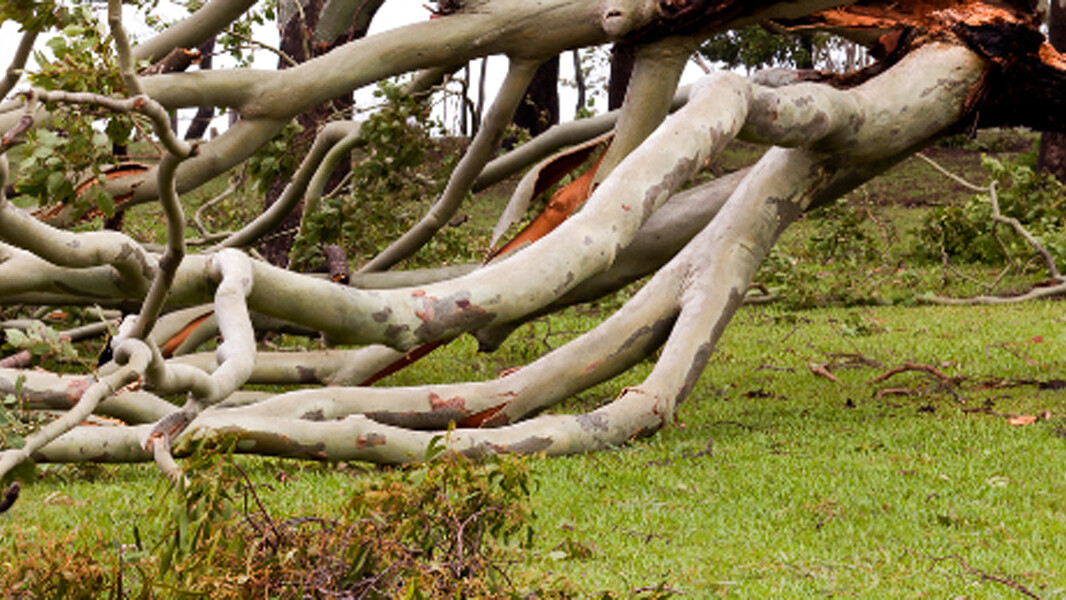Adenanthos sericeus
As the festive season approaches, many of you may be considering a Christmas tree for the occasion. Why not break from the traditional pine tree and embrace an Australian native shrub for that special day. It’s another step we can take to adopt more sustainable gardening practices. According to Wikipedia, in the US around 33 million trees are chopped down for Christmas celebrations. Loosely based on that ratio, that’s possibly about 2 million trees felled in Australia each year. So, why not make a more sustainable choice and purchase an Australian native instead. A plant that can be planted in a pot for Christmas and then replanted in the ground after the festive season.
We’d like to suggest an Adenanthos sericeus, more commonly known as Albany Woolly Bush. This Western Australian native is known for its luminous silver green foliage which is soft to touch and its small but vivid red flowers. Woolly Bush has a compact habit, so it requires very little pruning except for general maintenance. This combination makes it a perfect choice for a Christmas tree. It can also be shaped into a more traditional form of Christmas tree.
A few tips on how to care for them if you keep them in a pot:

- Use good quality free draining potting mix – three parts of general purpose mix add two parts of washed sand, which will create a free-draining mix.
- When you plant, add about a teaspoon of controlled-release fertiliser, specially formulated for natives. Placing this at root level will be the most efficient for feeding the plants.
- It can stay indoors in a well lit room for a maximum of two weeks.
- Water it once or twice a week depending on the room. Test the moisture content in the soil with your finger.
- It should only stay in the pot for a maximum of one year. Repot to a larger pot or plant out after that.
- When replanting into the ground, give the plant a dose of seasol to help settle the roots.
Adenanthos sericeus can grow up to 5 metres in height and 2 metres in width in its optimum growing conditions, which is Western Australia. In other areas of Australia it may not grow to that size. It can be used as an informal screen, a large planter, cut foliage or a windbreak and its unique foliage and soft habit makes it a great addition to most gardens.
Related Articles:
Wildflower gardens – What’s the buzz about?
In the quest for sustainable and environmentally conscious practices, gardening enthusiasts and nature lovers alike are turning to a time-tested…
Why Living Trees Suddenly Fall Down
It is quite common that in winter or after big storms we wonder why living trees suddenly fall down. In June 2021 in Victoria, savage storms swept…




